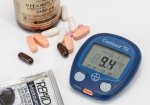Hemoglobin and High Blood Pressure Explained
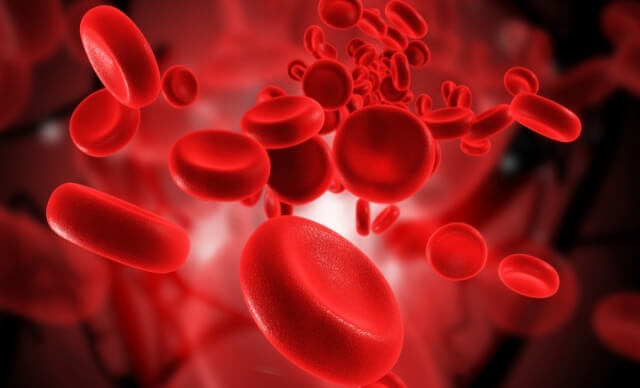
Image Credit: MavCure
The relationship between hemoglobin and high blood pressure is relatively less researched than other areas of high blood pressure interest such as, for example, Olmesartan and hypertension or Ginkgo and high blood pressure. Available studies examining the link between hemoglobin and high blood pressure, though limited in number, do confirm that a relationship does exists between hemoglobin levels and increased blood pressure.
Looking under the hood to explain the link, a quick look first at what hemoglobin is. Hemoglobin, with symbols Hb or Hgb, is found in red blood cells. It is a protein produced by the kidneys and responsible for transporting oxygen around the body.
Clinical trials that have looked into the relationship between hemoglobin and high blood pressure have assumed a hypothetical stand-point that hemoglobin elevates blood pressure.
Prior to any studies directly seeking to understand any association between hemoglobin and blood pressure, it had been observed that patients being treated for anemia using erythropoietin had elevated blood pressure. This became the basis for the hypothesis which indicated a positive relationship between hemoglobin and high blood pressure.
Anemia is when the body is deficient of red blood cells or of hemoglobin in the blood. Erythropoietin is a hormone that promotes production of red blood cells. It can be administered externally to stimulate the production of hemoglobin
Study indications have been that both systolic blood pressure (SBP) and diastolic blood pressure (DBP) tend to rise in response to an increase in hemoglobin levels. Furthermore, individuals suffering from orthostatic hypotension had their blood pressure increase whilst in standing position by increasing red cell volume (which carries hemoglobin). The positive relationship between hemoglobin and high blood pressure has also been confirmed in animals.
Orthostatic hypotension also known as postural hypotension refers to low blood pressure when standing.
While studies, such as one carried out in the Netherlands among blood donors, have shown a clear association between hemoglobin and blood pressure elevation, we note that there are confounding factors that must be taken into account. These would include climate, which may affect Hb levels including across seasons. The individual's own lifestyle such as smoking also matters. All these can inject disturbing influences in arriving at the true relationship and the strength of the association. These were taken into account in the Dutch study.
A relevant question to be asked is why is it important to gain knowledge about the link between hemoglobin and high blood pressure. The answer is two fold and is found, first, in the effect high blood pressure has on the body. High blood pressure is the number one cause of cardiovascular problems because of its seriously damaging effect on key organs such as the heart, kidneys and even the brain.
Second, and even more important, any additional discoveries on what causes blood pressure to rise not only helps with reducing damage caused by blood pressure to organs but also reduces mortality and morbidity levels among high blood pressure sufferers. Mortality refers to the death rate while morbidity refers to the rate of disease in a population. Studies have shown that a 1 to 2 mm Hg drop or rise in blood pressure translates to very significant cardiovascular mortality and morbidity levels.
The same studies, furthermore, indicate that lowering systolic blood pressure by 2.5 mm Hg and diastolic blood pressure by 1.4 mm Hg could reduce the risk of dying from ischemic heart disease by up to 10%. Similar blood pressure values reduction would lower the risk of a fatal stroke by some 12% to 14%. By any standard, this is very significant and justifies studies seeking to learn more about the relationship between hemoglobin and blood pressure.
The Netherlands research into hemoglobin and blood pressure involving healthy blood donors suggested that at least in a study setting, hypertension patients would benefit from donating blood. Donating blood would lower their hemoglobin which in turn would lower high blood pressure.
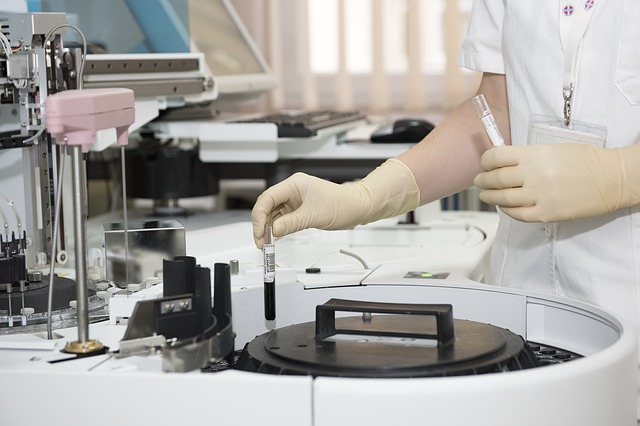
How Exactly Does Hemoglobin and High Blood Pressure interact?
The biological mechanism behind the relationship between hemoglobin and high blood pressure is the least understood. Some researchers have postulated that Hb could be responsible for the stiffness of the arteries.
Hemoglobin is thought to bind itself to Nitrogen Oxide also known in short as NO. NO is released by the lining of the blood vessels for the purposes of keeping them relaxed thereby regulating blood pressure. When hemoglobin attaches itself to NO, it removes the ability of NO to relax blood vessels resulting in elevated blood pressure.
Yet another preposition is that increased hemoglobin increases blood viscosity which in turn increases blood pressure. This idea is not entirely agreed upon also because other studies have not been able to conclusively confirm the hypothesis that blood viscosity raises blood pressure.
To add to this quandary is the fact that researchers have been able to establish that there is a role played by blood viscosity in raising blood pressure in respect of hypertensive patients. However, they have not been able to confirm the same in healthy individuals with normal blood pressure.
In our view, the relationship between hemoglobin and high blood pressure is yet far from being fully exhausted in study. What is known already confirming a positive relationship between the two adds valuable knowledge to the entire body of knowledge around hypertension for the benefit of both individual patients and medical practitioners.

|
Alcohol and Blood Pressure |
Return to Hypertension Causes from Hemoglobin and High Blood Pressure
Return to Hypertension Home Page from Caffeine and Blood Pressure
Disclaimer
Information contained on this website is not meant to replace your doctor's advice.
(c) All Rights Reserved. 2010-2018
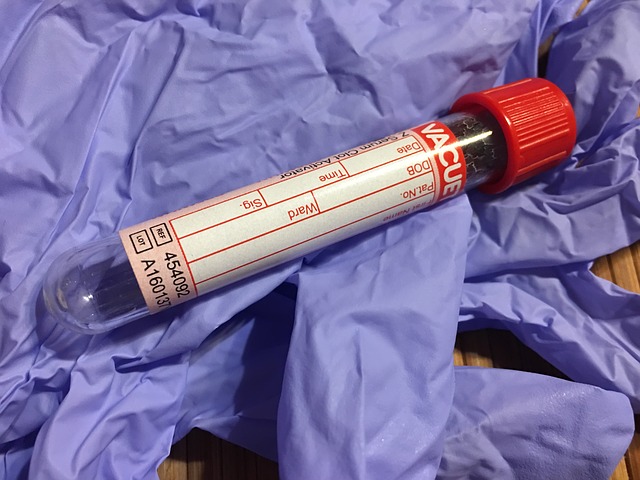
- Men: 13.5 to 17.5 grams per deciliter
- Women: 12.0 to 15.5 grams per deciliter
- Newborns: 17 to 22 grams per deciliter
- Children: 11 to 13.5 grams per deciliter
According to Mayo Clinic, normal hemoglobin counts in children vary with age and sex. What we have listed here maybe different from what your doctor suggest to be normal. This is because normal hemoglobin level may differ according to health professionals.
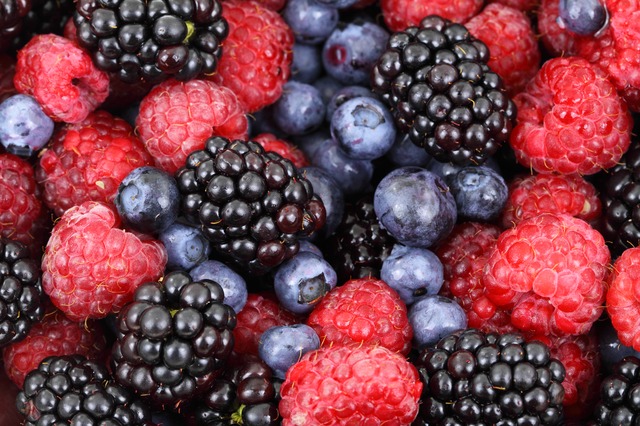
There are specific foods that have been found to be effective in boosting your hemoglobin levels. The following are some of the foods natural increase hemoglobin count.
- Beetroot
- Spinach
- Strawberries
- Tomatoes
- Apples
- Nettle (herb)
- Berries
- Watermelon
- Broccoli
- Pumkin
Before increasing your hemoglobin take time to learn what researchers have to say in our main article explaiing the link between hemoglobin and high blood pressure.
